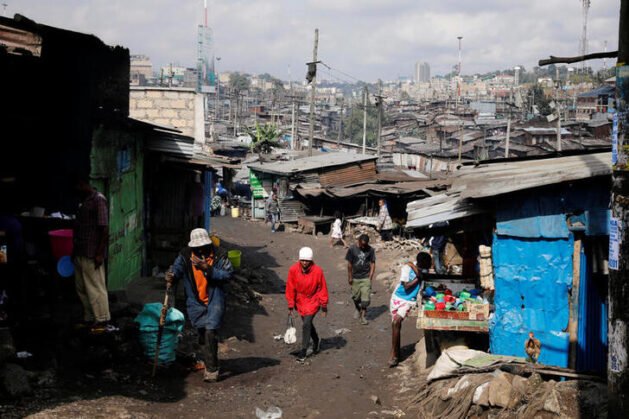Greater incentives for green finance can help Kenya build its way to economic recovery, Ted Otieno, deputy chair of the Kenya Green Building Society (KGBS), tells The Africa Report.
Kenya has a housing deficit of more than two million units, with more than 60% of urban households living in slums. According to the World Bank, the country needs to build about 200,000 new housing units every year just to keep pace with population growth.
KGBS is a non-profit group that advises businesses on reducing the environmental impacts of their buildings.
Jumping hurdles
Twin obstacles to advancing green housing in Kenya are the idea that building green is expensive and a lack of financing mechanisms, Otieno says from Nairobi. Government incentives for developers and small investors are needed, and banks need access to green finance. “That would enable us to get to scale.”
According to UN Habitat, commercial and residential buildings account for 40% of the total electricity generated in East Africa, more than the transport and industry sectors. Green buildings entail modest cost premiums to design and implement, and the business case for them is strong, KGBS argues.
Green properties are likely to command higher market values, improve cashflow for owners and occupiers, and reduce the risk of borrower default, says UN Habitat.
Otieno recognises there is discrepancy between the need for cheap, mass housing and the green agenda.
But, he argues, it’s necessary to focus on quality as well as quantity. There has been progress over the past two years, and Kenya is developing a new building code expected to contain green requirements, says Otieno.
Yet much still needs to be done.
- “The government needs to incentivise people to build green,” says Otieno.
- A carrot-and-stick approach is needed: there should be incentives for green developers and penalties for builders of non-green housing, he adds.
Gaining an EDGE
In 2019, Acorn Holdings became the first Kenyan issuer to sell a green bond, raising $43m to house university students in Nairobi. Green bonds are part, but not all, of the solution, says Otieno.
Lenders can do more to encourage green buildings, he adds. Some banks such as Standard Chartered have started offering discounted personal loans for renewable energy solutions. But green mortgages remain “an opportunity area” for banks, says Otieno.
The Excellence in Design for Greater Efficiencies (EDGE) tool from the World Bank’s International Finance Corporation (IFC) is suitable for wider adoption, including by banks, argues Otieno.
- Buildings need to show a 20% reduction in energy and water consumption from a baseline case in order to get EDGE certification.
- The tool is sensitive enough to be able predict building performance in different regions of Kenya.
- The government has said affordable housing projects must meet the EDGE green buildings standard. The tool, which is free to use, is dynamic rather than static and demands continual progress once the initial goal has been achieved.
- Greater digitalisation has made it possible to collect and disseminate information about green construction globally. That, in combination with tools such as EDGE, make green building a “no brainer” for Kenya, concludes Otieno.
Bottom line
Greater incentives for green building could turn Kenya’s housing shortage into an opportunity.




